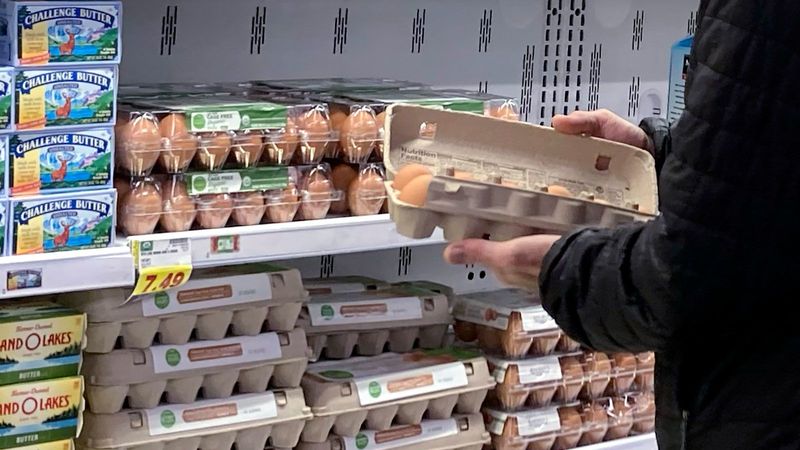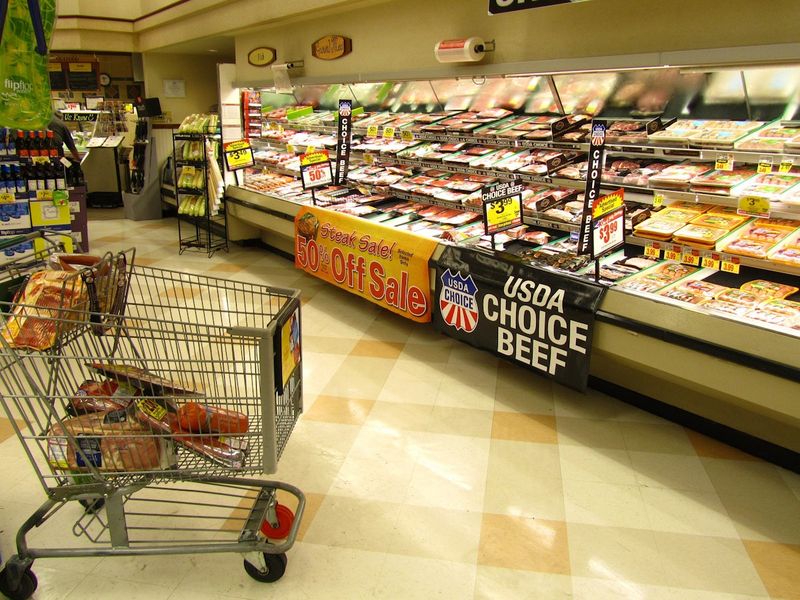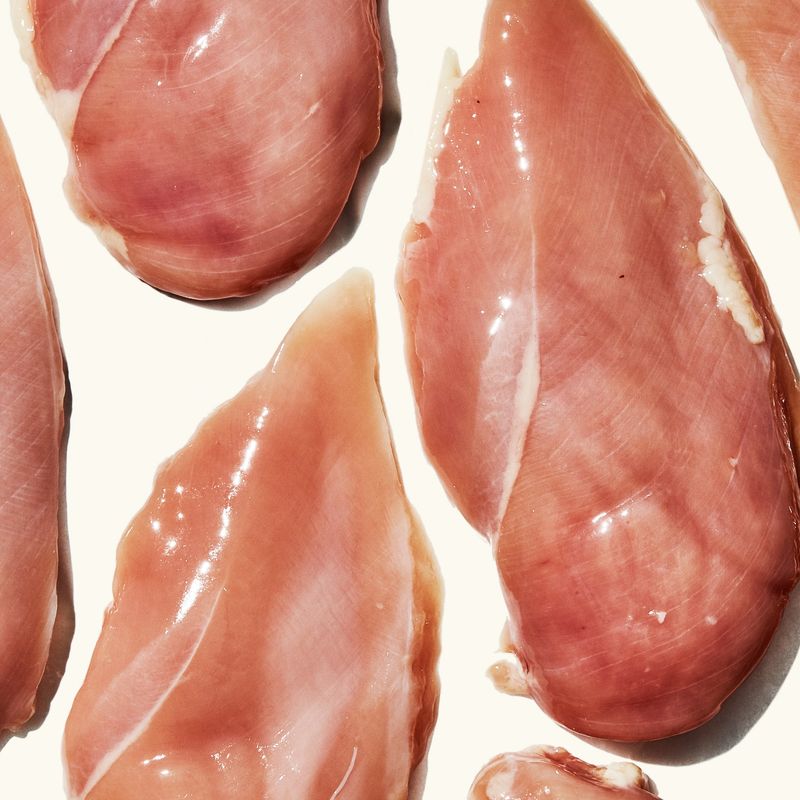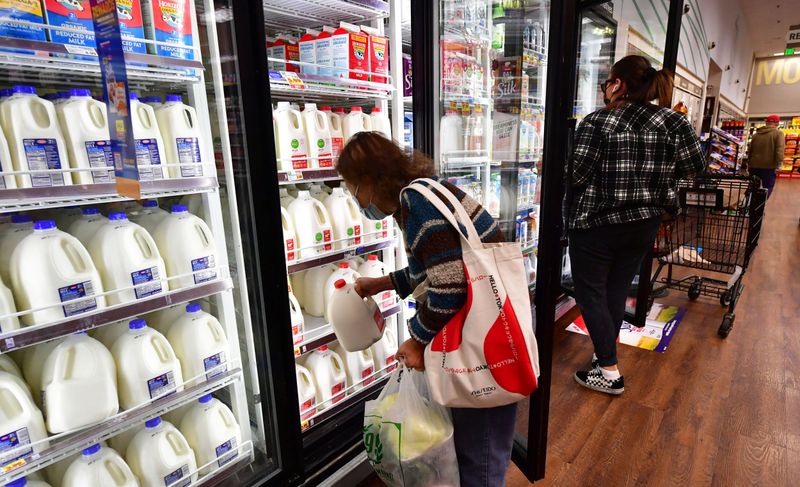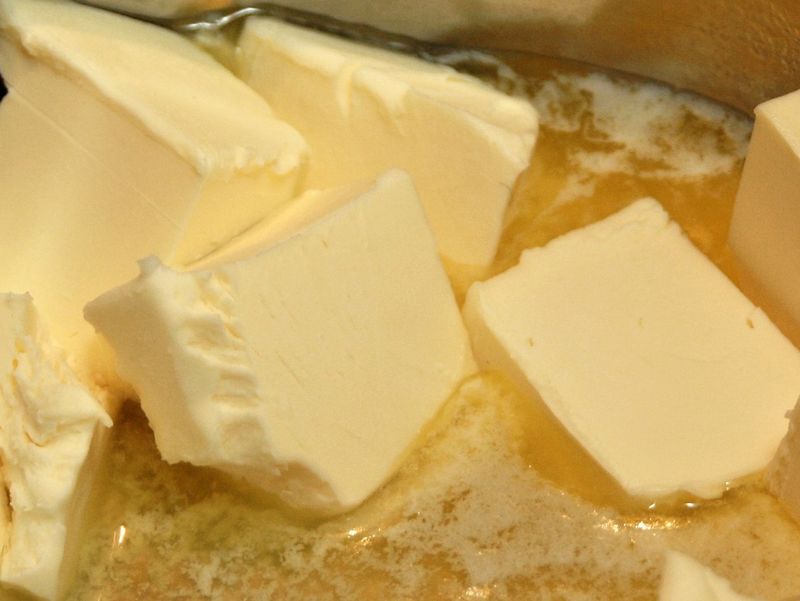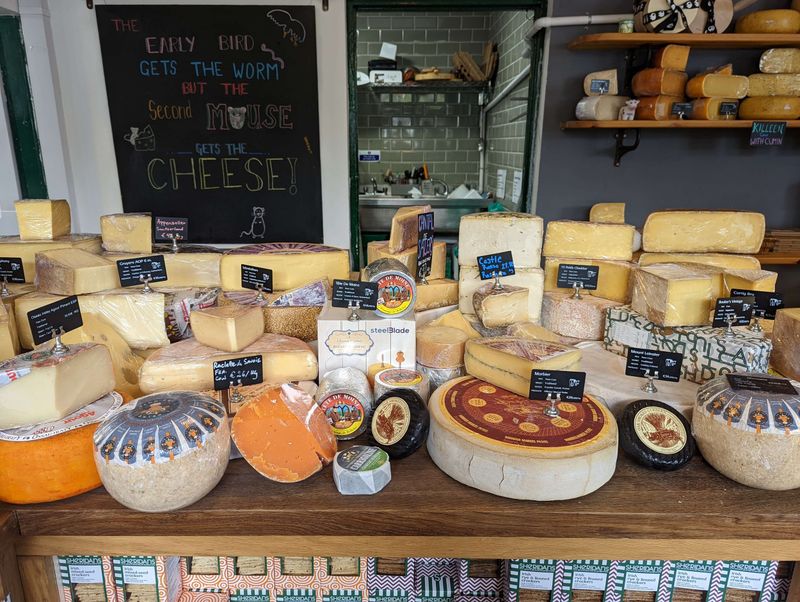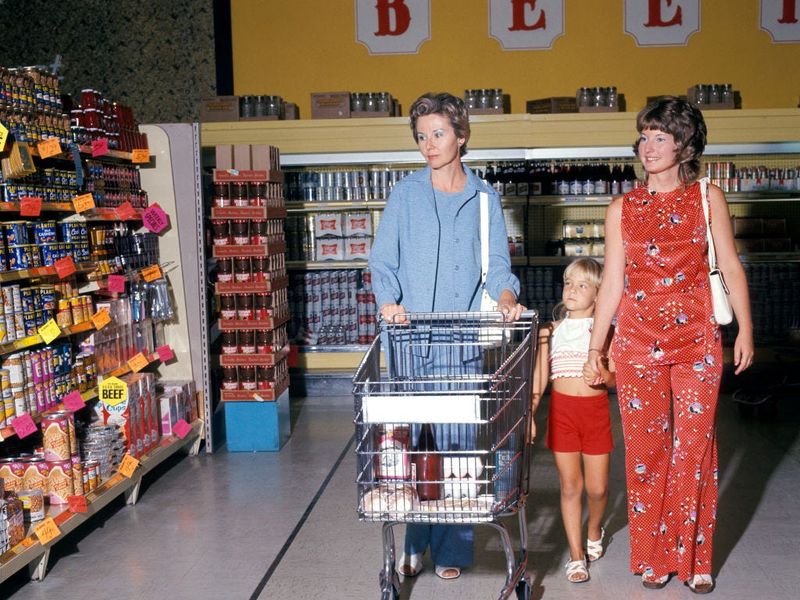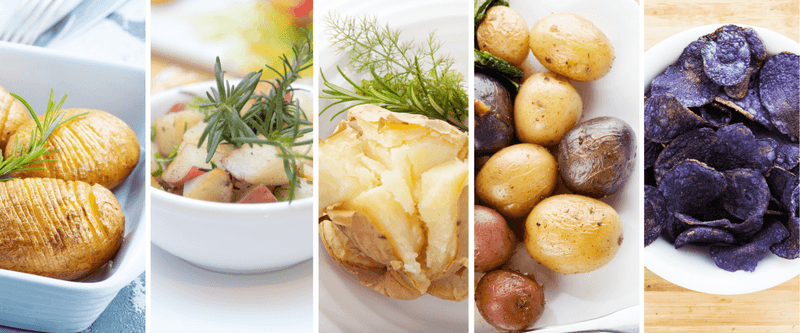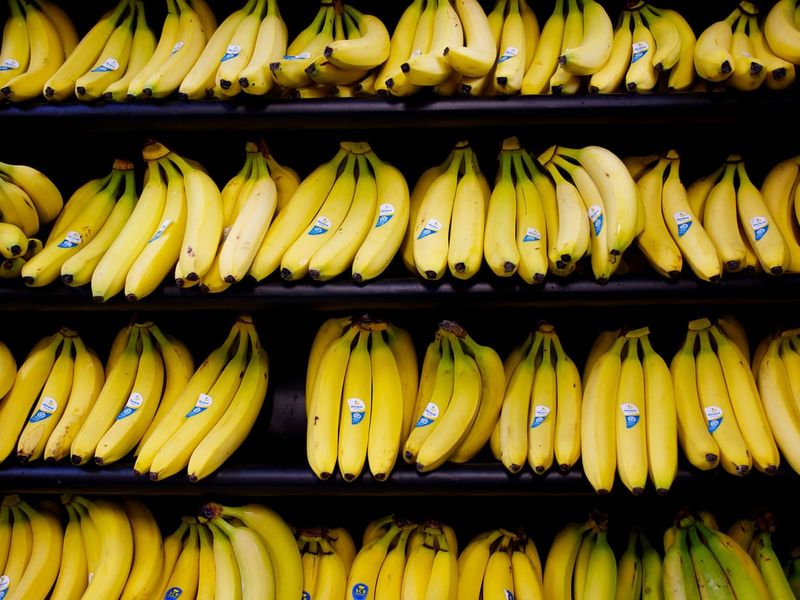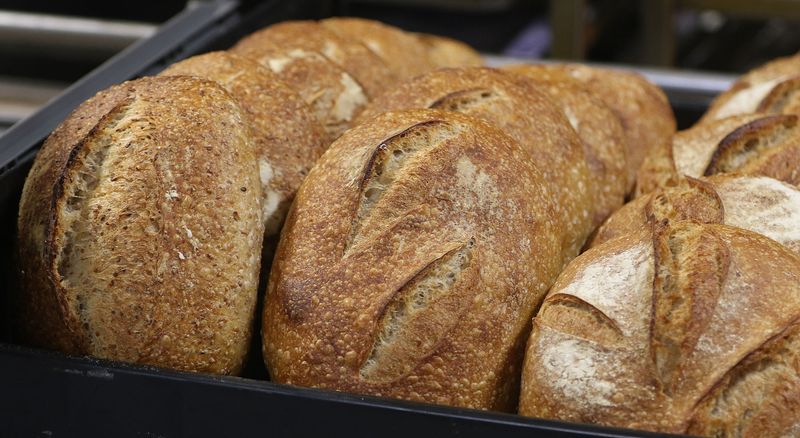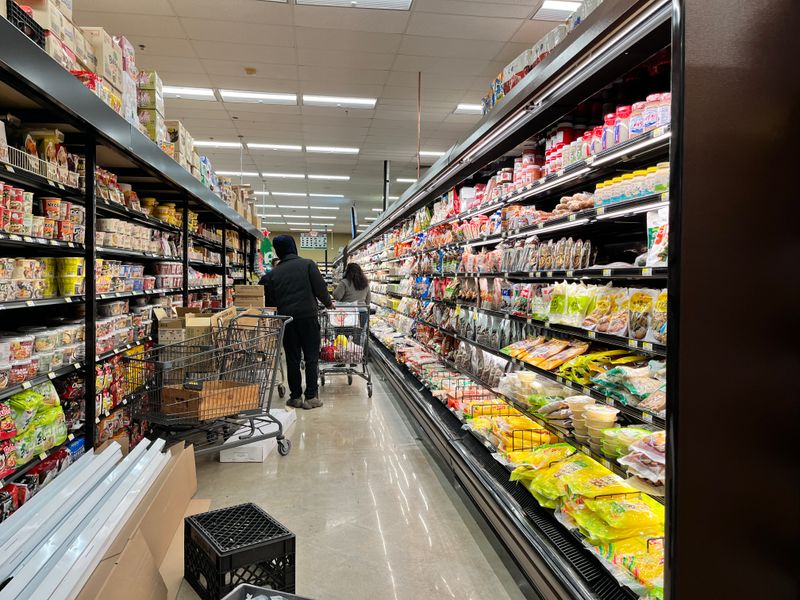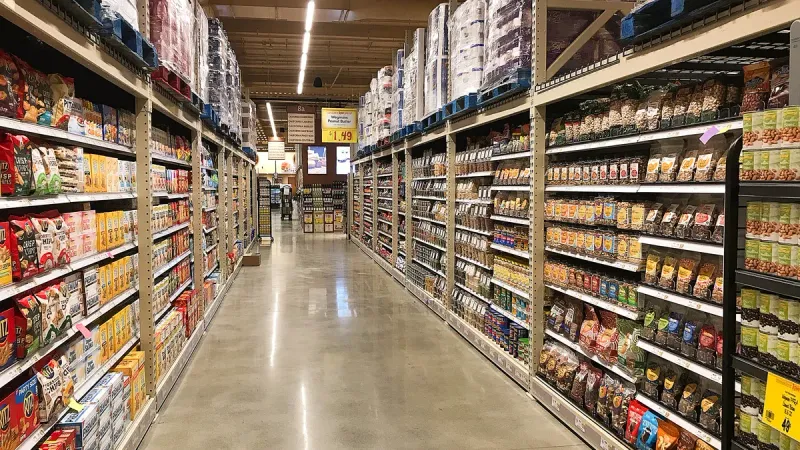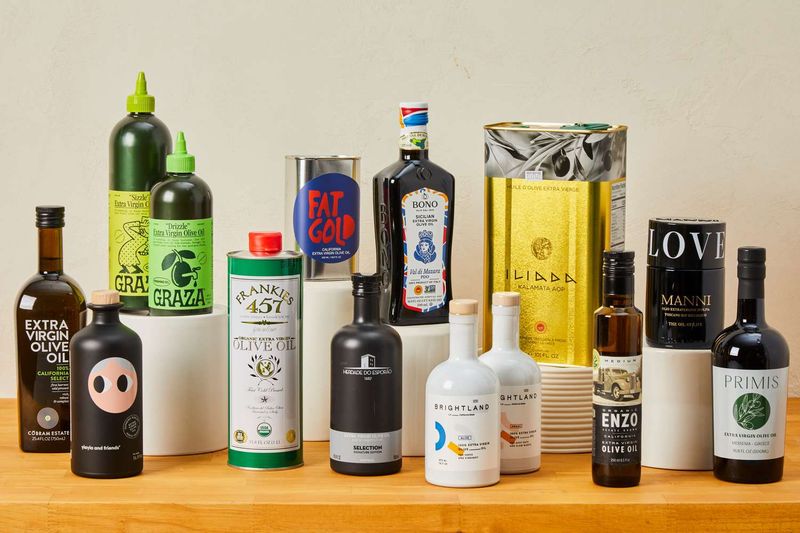Remember when a dozen eggs cost about as much as a candy bar? Two decades have transformed our grocery bills in ways that might shock you. Comparing prices from 2005 to 2025 reveals the dramatic impact of inflation on everyday essentials. Let’s explore how much more we’re shelling out for the same items that filled our shopping carts 20 years ago.
1. Egg-stravagant Price Hikes
A carton of eggs has become the poster child for grocery inflation. In 2005, a dozen eggs cost just $1.24 on average – pocket change compared to today’s prices. Fast forward to 2025, and shoppers are cracking open their wallets for $4.55 to $5.00 per dozen, with prices soaring to $8+ during recent avian flu outbreaks. That’s a staggering 275-310% increase! Family breakfast traditions now come with a side of sticker shock, forcing many households to reconsider their morning meal planning.
2. Ground Beef’s Meaty Markup
Back in 2005, ground beef was a budget-friendly staple at approximately $2.50 per pound. Burgers, meatloaf, and tacos were affordable weeknight options for families everywhere. Today’s reality? That same pound of ground beef commands about $6.00 – a hefty 125% price jump. The backyard barbecue has become significantly more expensive. Many households now stretch their beef with fillers like beans or mushrooms, while others have shifted toward plant-based alternatives that weren’t even mainstream options two decades ago.
3. Chicken Breast’s Soaring Flight
Chicken was once the go-to affordable protein. In 2005, boneless chicken breasts cost around $1.50 per pound – a genuine bargain for health-conscious shoppers on a budget. Twenty years later, that same chicken breast carries a much heavier price tag of approximately $3.80 per pound. This 153% increase has changed how families approach meal planning. The once-humble chicken dinner now requires more careful budgeting, with many consumers buying in bulk during sales or switching to cheaper cuts like thighs and drumsticks to manage their grocery bills.
4. Milk Money Matters
The classic gallon of whole milk represented everyday affordability in 2005 at about $2.80. Parents could keep the fridge stocked without breaking the bank. Fast forward to our current reality, and that same gallon commands $4.00 to $4.50 – a 40% increase that adds up quickly for families with milk-loving children. School lunches and breakfast cereals now come with a higher liquid investment. While this increase might seem modest compared to other staples, the essential nature of milk makes this inflation particularly noticeable in household budgets, especially for families with multiple children.
5. Butter’s Slippery Slope
Remember when butter was a reasonably priced kitchen essential? In 2005, a pound of butter cost around $2.80, making homemade cookies and toast affordable luxuries. Today’s bakers face a much steeper cost. A pound of butter now runs $4.50 to $5.00 – representing a 60% price increase. Holiday baking seasons have become significantly more expensive. Many home cooks now reserve real butter for special occasions, opting for margarine or blended spreads for everyday use. Others have started freezing butter when it goes on sale, creating their own butter stockpiles.
6. Cheese Costs Climbing
Cheese lovers have felt the pinch of inflation over the past two decades. Back in 2005, a pound of natural cheese cost about $3.00, making pizza nights and grilled cheese sandwiches wallet-friendly options. Today’s cheese enthusiasts are paying between $5.00 and $5.50 per pound – a 60-80% increase. This price hike has transformed cheese from an everyday staple to a more carefully budgeted ingredient. Many households now purchase smaller quantities, opt for store brands, or watch for sales to manage their dairy budgets without giving up their favorite comfort foods entirely.
7. Flour Power at a Premium
The humble 5-pound bag of all-purpose flour was a pantry staple that cost just $1.80 to $2.00 in 2005. Home bakers could whip up breads, cakes, and cookies without budget concerns. The pandemic baking boom highlighted how much prices have risen. Today, that same bag commands $3.00 to $4.00 – a 60-120% increase that has changed the economics of homemade goods. Many bakers now buy in bulk or during sales, while others have switched to alternative flours or pre-made mixes. The simple act of baking from scratch now requires more financial planning than it did twenty years ago.
8. Potato Prices Sprouting Up
Potatoes were truly budget-friendly in 2005 at just 40-50 cents per pound. These versatile vegetables formed the backbone of countless affordable meals across America. Today’s shoppers are digging deeper into their wallets, paying 90 cents to $1.00 per pound – a 100-125% increase. The humble spud has become less of a bargain and more of a considered purchase. Families still rely on potatoes for their versatility and filling nature, but many now buy in larger quantities when on sale or grow their own to offset the higher costs of this dinnertime staple.
9. Bananas: Still Relatively A-peeling
Bananas have long been the affordable fruit champion. In 2005, they cost a mere 30-40 cents per pound, making them a no-brainer addition to shopping carts everywhere. Twenty years later, banana prices have indeed climbed to 60-65 cents per pound – a 60-110% increase. Yet compared to other grocery items, they remain one of the more reasonable fruit options. This relatively modest inflation hasn’t dramatically changed consumer habits, though families on tight budgets now pay more attention to ripeness to avoid waste. Bananas continue to be America’s grab-and-go fruit despite the price increase.
10. Bread’s Rising Costs
A standard loaf of white bread cost just $1.10 to $1.30 in 2005. Sandwiches were truly budget-friendly, and toast was an afterthought expense for most households. Fast forward to 2025, and that same basic loaf commands $2.00 to $2.50 – a 60-120% price increase. The sandwich foundation has become a more significant line item in family food budgets. Many consumers have responded by baking at home, buying day-old bread, or freezing loaves purchased on sale. Others have simply reduced their bread consumption, treating it as less of a daily staple than it once was.
11. Cereal: Breakfast Breaking the Bank
The morning bowl of cereal was an affordable breakfast option in 2005, with the average box priced at $2.50. Families could keep pantries stocked with multiple varieties without much budget strain. Today’s cereal aisle tells a different story. Boxes now cost $4.00 to $5.00 – a 60-100% increase that has changed breakfast economics for many households. Parents increasingly look for store brands, buy in bulk, or opt for oatmeal and other alternatives. The casual tossing of multiple cereal boxes into the shopping cart has become a more calculated decision for budget-conscious shoppers.
12. Rice Prices Grain-ing Ground
Rice was the ultimate budget-stretching staple in 2005, costing just 80 cents to $1.00 per pound. Families could build countless affordable meals around this versatile grain. Today’s shoppers face prices of $1.50 to $2.00 per pound – a 75-150% increase. The global food inflation has significantly impacted this worldwide dietary cornerstone. Many households now buy rice in bulk at warehouse stores or international markets to manage costs. Others have diversified their grain consumption, incorporating more barley, quinoa, or other alternatives when they’re on sale.
13. Pasta’s Price Progression
Pasta night was truly budget-friendly in 2005, with a pound costing around $1.00. Families could enjoy spaghetti dinners without financial concern, making it a weeknight staple. Today, that same pound of pasta runs $1.80 to $2.20 – an 80-120% increase. While still relatively affordable compared to protein options, the price jump has been noticeable for regular consumers. Budget-conscious shoppers now stock up during sales or opt for store brands to manage costs. Many have also reduced portion sizes or added more vegetables to stretch their pasta meals further while maintaining satisfaction.
14. Coffee’s Bitter Price Reality
Morning coffee lovers paid $4.00 to $5.00 per pound for ground coffee in 2005. The daily brew was an affordable luxury that most households could manage without budget strain. Fast forward to 2025, and that same pound commands $7.00 to $9.00 – a 60-125% increase that has changed morning routines. The daily cup of joe now requires more financial consideration. Many coffee drinkers have invested in better home brewing equipment to avoid costly cafe purchases. Others carefully track sales, buy in bulk, or have switched to store brands to maintain their coffee habits without breaking the bank.
15. Vegetable Oil’s Slick Price Increase
Cooking oil was barely a budget consideration in 2005, costing just $1.50 to $2.00 per liter. Home cooks could fry, sauté, and bake without thinking twice about oil costs. Today’s kitchen reality includes paying $3.00 to $4.00 per liter – a 100-165% increase. Global supply chain issues and increased demand have transformed this kitchen basic into a more carefully budgeted item. Many households now use oil more sparingly, opt for spray versions to control usage, or choose alternative cooking methods like air frying. The casual splashing of oil into pans has become a more measured pour for budget-conscious cooks.

